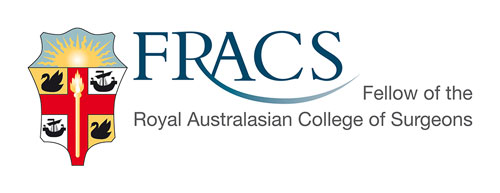BREAST CANCER
Other than skin cancer, breast cancer is the commonest cancer in women in Australia.
1 in 8 woman develop breast cancer before the age of 85.
In 2010, about 14, 200 Australian women were diagnosed with breast cancer.
Average age of diagnosis was 61 years old.
Symptoms
Breast cancer can present in a variety of symptoms including:
1. Breast lump
2. Nipple discharge
3. Skin changes around the nipple
4. Breast pain/Mastalgia
An increasing number of cases of breast cancer are being detected through the screening mammography program in the abscence of any symptoms.
Investigations
Triple assessment needs to be performed namely:
1. Clinical examination
2. Imaging - Mammogram / Ultrasound
3. Pathology diagnosis for any suspicious lump or spot - either fine needle aspiration for cytology (to look at the cells) or core biopsy (more accurate): this is best done under ultrasound guidance.
Treatment Options for Breast Cancer
Initial treatment involves removing the breast cancer and sampling the lymph glands nearest to the breast to look for spread. The later is important to guide further treatmemt.
1. For the breast cancer:
(i) Wide local excision/Lumpectomy followed by radiotherapy. There is a risk that a further operation may be neccessary (Reoperation rate is about 20%) .
(ii) Mastectomy - this involves removing the whole breast. More risks of complications including wound healing, seroma, pain, scar etc. Breast reconstruction can be considered - eg saline implants, tissue flaps
2. For the lymph glands:
(i) Sentinel lymph node biopsy - this involves identifying the lymph gland the breast cancer first drains to(Identification is done by injection of a blue dye or injection of radionucleotide or both). Further operation at a later stage (axillary clearance) may be neccessary if lymph glands are involved. There is a small risk of allergic reaction with the blue dye and the cancer cells skipping past to other glands.
(ii) Axillary clearance - this involves removing the glands in the axilla (under the armpit). Much more risks of complications including lymphoedema, seroma, pain/numbness in upper arm
Future treatment - Research is ongoing in the use of beta blockers(eg Propanolol) and Cox 2 inhibitors(eg Celecoxib 200mg bd) perioperatively to reduce metastasis(by reducing lymphatic flow, impairing tumour cell invasion, promoting immune cell migration and remodelling tumour vasculature). It would be worthwhile talking to your surgeon about these esp if one is already on blood pressure medications or NSAIDs.
Further Treatment
Other treatment following surgery will be guided by the patholgical findings.
1. Radiotherapy - once the wound is fully healed, this involves daily treatment for 4-6 weeks.
2. Chemotherapy - Herceptin, CMF/AC etc
3. Hormonal treatment - eg Tamoxifen, Aromatase inhibitors
Prognosis
The prognosis is getting better with advances in medical science and technology. For women with breast cancer diagnosed and treated between 2006-2010, 9 out of 10 are still alive 5 years later here in Australia.
Useful link: NBCC (more detailed information can be found here)
Breast - Melbourne Surgery

